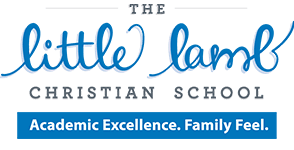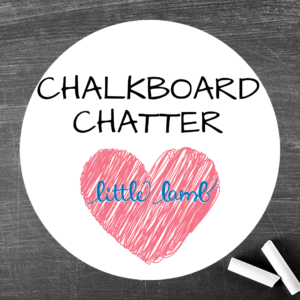By: Lisa Murphy, Pre-Kindergarten 2 Teacher
This past week I had a parent reach out and ask me if I had some suggestions on some behavioral challenges she was having with her child. At a recent pick up, I had another parent ask why their child listens to me, but they don’t listen at home (all kids listen to others more than their parents).
I come from a family of educators. My dad was a high school principal. One of the best pieces of advice he ever gave me that was in a classroom environment you need to start out firm and then “lessen the reign,” but you can’t start out the school year being too lenient, and expect to “tighten the reign” as the year progresses. My dad has always given me great advice, and this was perhaps the best of all.
In preparation for Kindergarten, the Pre K teachers ask the children to raise their hand in group settings and wait to be called on. I will always acknowledge that I saw their hand and just hold up my index finger to let them know their turn is coming. It’s a common rule in elementary school through high school. But do teachers expect it to be followed always, every time, under all conditions? Really?
What about the times when that one child who never participates calls out the answer? Do we risk not hearing from her after insisting on her to raise her hand?
Or that magical moment when a class discussion gets going beautifully and I can step back and just listen (one of my favorites), or do I stop it by telling them to raise their hand?
So, that brings me to my next point, teachers and parent’s alike need to be firm in expectations. But we also have to be flexible when the situation calls for it. Is it really worth having a morning “battle” over mix matched socks? How do we do both? Strike a balance. I hope the following will help you to learn what we use in the classroom, and you can try at home.
Benefits of being firm…
It sets clear expectations: children crave boundaries and firm expectations and establishes order in the classroom.
It provides consistency and predictability: it’s comforting for students to know what a teacher’s response will be to a rule infringement.
It does not make room for excuses: students learn responsibility by being held to high expectations.
Benefits of being flexible….
It honors that students learn differently from one another: very few rules will universally apply to large classes of diverse learners.
It shows students you’re understanding: flexibility shows students that you care and honor their individual needs.
It models flexibility we expect from students: teachers ask students to adapt to unexpected changes regularly; we need to show we do the same.
Again, firm and flexible not only applies to teachers and their class, all of these can be adapted at home as well. So both are good!
If you’re interested in learning more about our childcare and preschool, book a tour today!

